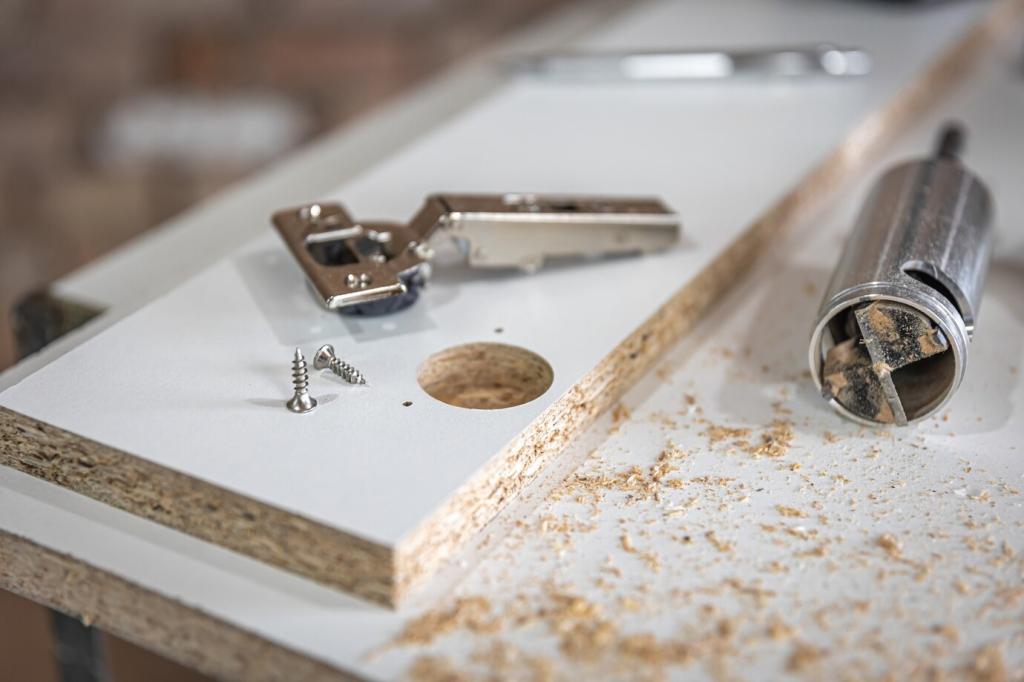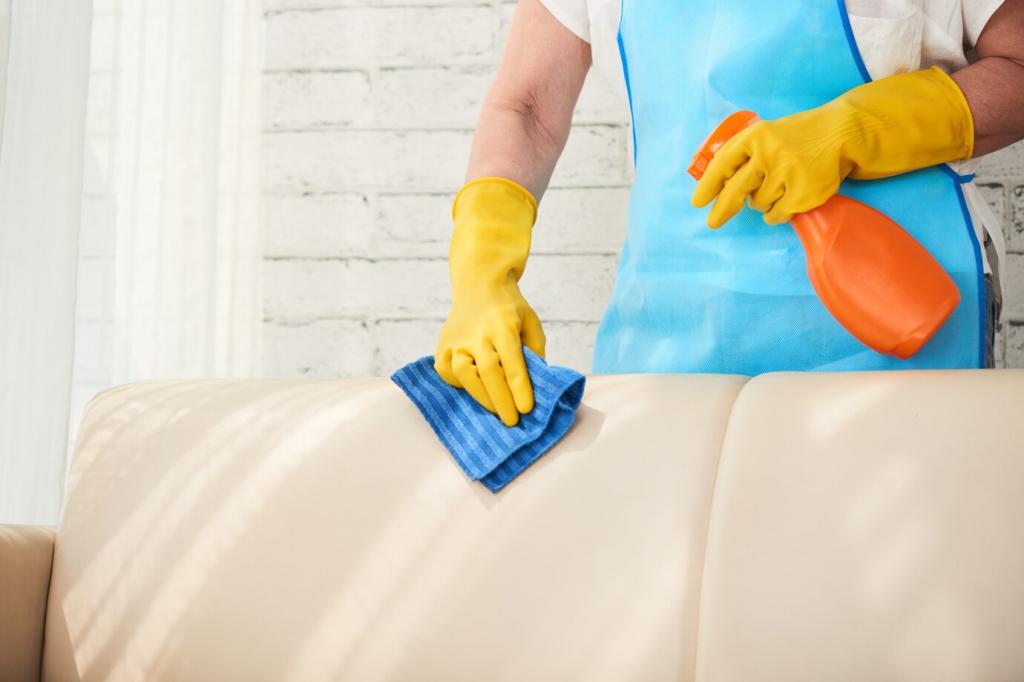Know Your Wood and Finish
Oak, ash, and walnut often have open pores that trap dust, while maple and cherry are tighter grained. Clean along the grain, not across it, to reduce micro-scratches and lift grime from valleys. Always minimize moisture to respect the wood’s natural movement.
Know Your Wood and Finish
Polyurethane and varnish form protective films that tolerate mild, damp cleaning, while oil and wax finishes prefer drier, gentler methods. Avoid ammonia on shellac, and keep water away from wax-heavy surfaces. Matching technique to finish preserves clarity, sheen, and long-term durability.






